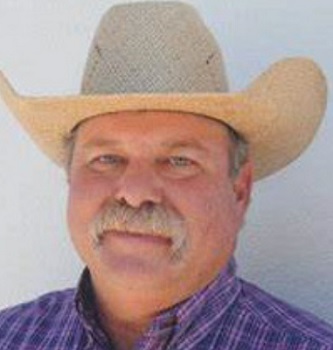
Between now and mid-October is the ideal time to fertilize your landscape this fall.
Fertilizing your lawn is not really a “one size fits all” thing. Remember that the health of your turf-grass is heavily dependent on the soil it is being grown on. The ideal way to fertilize your lawn is to start with a soil test to get information on the characteristics of your soil such as soil Ph, soil salinity and the relative abundance of the major nutrients your turf-grass needs to survive. Nitrogen, phosphorous and potassium (N-P-K) are the three primary macro-nutrients that are available in most fertilizer blends. The analysis or grade on the fertilizer bag indicates the amount of each nutrient and the ratio (N, P, K). So, a product with a grade of 15-5-10 has a 3-1-2 ratio of these nutrients. For most fertilizer applications in our area a 3-1-1 or 3-1-2 ratio is recommended for lawns.
It is possible to apply fertilizers at the wrong time of year. Nitrogen should be applied only during months when the turf-grass is actively growing. As a guide, use the first and last frost dates. Your first fertilizer application of the year should be applied 4-6 weeks after the last frost date in the spring or once the grass has been mowed at least twice. For our area, the average last frost in the spring is March 15th or so. Your last fertilizer application should go out 4-6 weeks before your first frost date in the fall. Our average first frost is around November 15th so the fall fertilizer application should be made in late September – early October. This will minimize winter injury to turf-grass and disease risk.
Most folks apply too much fertilizer per application. 1lb of actual nitrogen per 1,000 sq ft of lawn is the recommended rate of application. If you have one 50lb bag of 15-5-5 fertilizer, there is 7.5lbs of actual nitrogen in the bag. So that one bag of 15-5-5 will cover 7500 sq. ft. of lawn if applied correctly. Always water in the fertilizer to avoid fertilizer burn to your turf-grass.
If you have trees/shrubs present it is not recommended to use a weed-and-feed all in one product which contains a re-emergent herbicide and nitrogen fertilizer.
For more information on soil testing visit the Texas A&M Soil, Water, and Forage testing laboratory website: soiltesting.tamu.edu.

